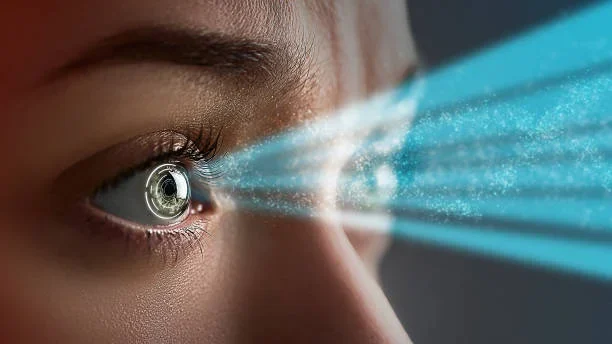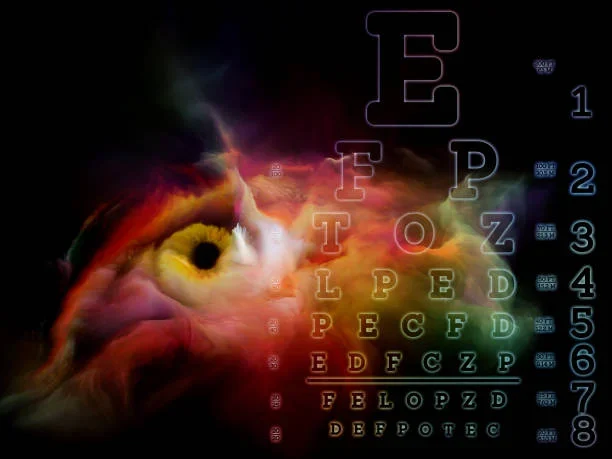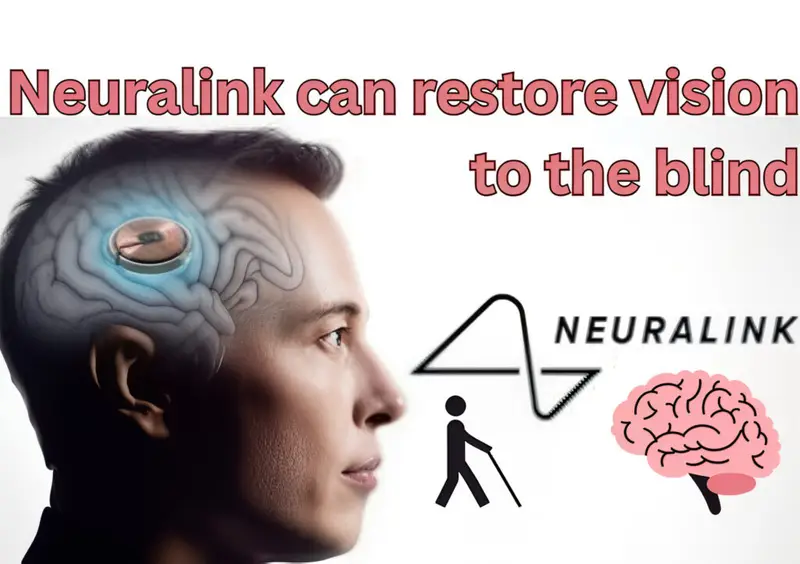In a bold leap toward the future of human enhancement, Elon Musk’s brain chip vision is turning science fiction into reality. Through Neuralink for blind people, the once-distant dream of restoring sight is closer than ever, and it doesn’t stop there. This revolutionary brain chip to restore eyesight may one day unlock superhuman vision beyond anything nature provides.
What Is Neuralink?
Neuralink is a cutting-edge neurotechnology company founded by Elon Musk in 2016. Its goal is to build a BCI (brain-computer interface) implant that can connect human brains directly to computers. While Neuralink’s technology promises a wide range of applications, from treating paralysis to enhancing memory, one of its most exciting possibilities is in restoring sight with a brain interface.
Vision Prosthetics, Reinvented
Traditional vision prosthetics rely on stimulating the eye or optic nerve. But what happens when those are damaged beyond repair? That’s where Neuralink’s BCI implant takes a game-changing approach. Instead of relying on the eyes, Neuralink aims to bypass them completely and send visual data straight to the visual cortex — the part of the brain that processes sight. This means even those born completely blind could potentially “see” for the first time, thanks to artificial vision technology that rewires the way our brain perceives the world.
How It Works?
Neuralink’s device uses ultra-thin threads, implanted directly into the brain, to read and write neural signals. In the case of blindness, a small camera could capture visual information, translate it into neural signals, and deliver it directly to the brain. This is no longer sci-fi; it’s the new frontier of blindness cure technology.
The implant would serve as a digital eye, feeding visual data to the brain. Unlike existing aids that only offer basic light or shape detection, Neuralink aims to provide full-scale artificial vision, and maybe even Neuralink superhuman vision down the road.
Superhuman Sight: Beyond 20/20
Neuralink’s device uses ultra-thin threads, implanted directly into the brain, to read and write neural signals. In the case of blindness, a small camera could capture visual information, translate it into neural signals, and deliver it directly to the brain. This is no longer sci-fi; it’s the new frontier of blindness cure technology.
The implant would serve as a digital eye, feeding visual data to the brain. Unlike existing aids that only offer basic light or shape detection, Neuralink aims to provide full-scale artificial vision, and maybe even Neuralink superhuman vision down the road.

A New Era for the Blind
For millions around the world, Neuralink for blind people offers hope where there was none. As testing and clinical trials move forward, this brain chip to restore eyesight could change lives, offering not just sight, but freedom, independence, and a window into the world.
The Future Is Near
We’re on the cusp of a revolution in blindness cure technology. With Neuralink pushing boundaries in artificial vision technology, we could soon see a world where no one is limited by sight loss.
As Neuralink’s BCI implant continues to evolve, the question is no longer if it can restore vision, but how far it can take it.

Final Thoughts
From restoring sight to offering bionic upgrades, Neuralink is poised to redefine the very idea of seeing. The blind may soon not only regain their vision, but they might lead the way into a superhuman future.










